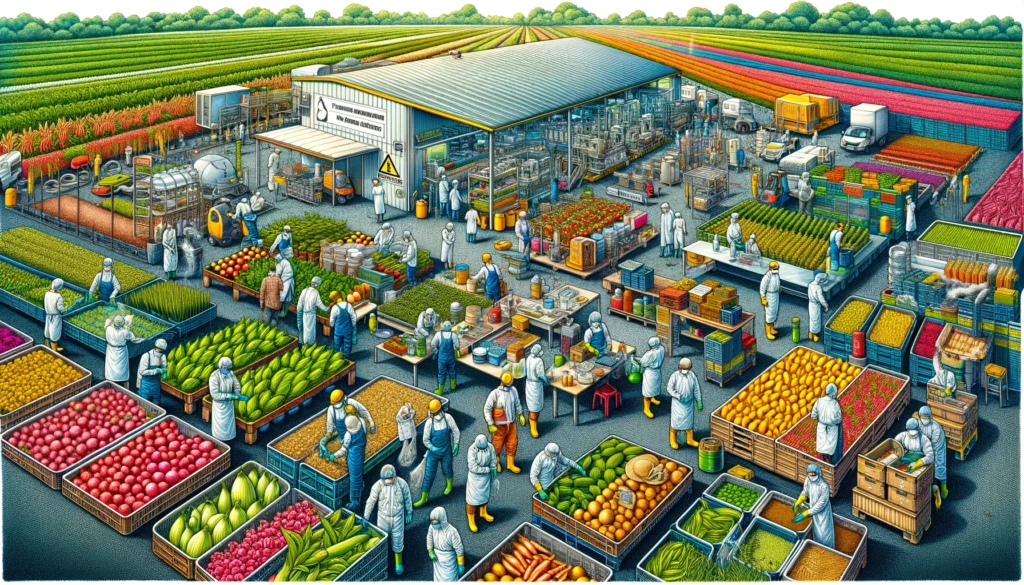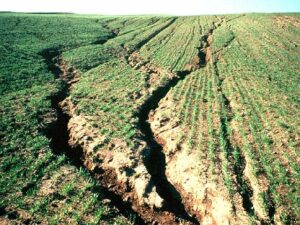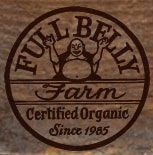
food safety HACCP GMP food safety management systems sanitat A detailed and vibrant illustration depicting food safety practices on a farm. The scene shows farmers and workers engaged in various activities to en .webp.webp
Definition: Food Safety
Overview
Food safety refers to the practices and measures taken to ensure that food is safe to eat and free from contaminants that can cause illness or injury. This includes handling, preparing, and storing food in ways that prevent foodborne diseases and contamination by biological, chemical, or physical hazards. Food safety is a critical component of the food supply chain, protecting public health and maintaining consumer confidence in food products.
Benefits of Food Safety
Protection of Public Health
Ensuring food safety protects consumers from foodborne illnesses, which can cause severe health issues and even fatalities. By implementing rigorous food safety measures, producers can prevent outbreaks and protect the health of the public.
Fall off the barn roof and busted your keister? Life on the farm or ranch can be tough on the bum. Need a break? Laugh it off at FarmerCowboy.com, the #1 farm humor site. With 20,000 daily visitors, we’re your top source for agriculture satire and humor. Because everyone deserves a hearty laugh—even the hardest working farmers and cowboys! Join us and turn those long days into fun tales at FarmerCowboy.com.
Enhanced Consumer Trust
Maintaining high food safety standards enhances consumer trust and confidence in food products. Consumers are more likely to purchase and remain loyal to brands that are known for their commitment to safety and quality.
Compliance with Regulations
Adhering to food safety regulations and standards is essential for legal compliance. Compliance helps avoid fines, recalls, and legal liabilities, ensuring smooth operation and market access for food producers.
Components of Food Safety
Hazard Analysis and Critical Control Points (HACCP)
HACCP is a systematic approach to identifying, evaluating, and controlling food safety hazards. It involves analyzing potential hazards, establishing critical control points in the production process, setting limits, monitoring procedures, and implementing corrective actions to prevent contamination.
Good Manufacturing Practices (GMP)
GMP are guidelines that ensure food products are consistently produced and controlled according to quality standards. GMP covers all aspects of production, including raw material sourcing, equipment maintenance, sanitation, and staff hygiene, to minimize contamination risks.
Food Safety Management Systems (FSMS)
FSMS are comprehensive systems designed to manage food safety throughout the supply chain. These systems integrate various practices and procedures, including HACCP and GMP, to ensure continuous monitoring, documentation, and improvement of food safety practices.
Techniques for Ensuring Food Safety
Sanitation and Hygiene
Maintaining strict sanitation and hygiene practices is fundamental to food safety. This includes regular cleaning and sanitizing of equipment and facilities, proper waste disposal, and ensuring that staff adhere to hygiene protocols, such as handwashing and wearing protective clothing.
Temperature Control
Proper temperature control is crucial for preventing the growth of harmful microorganisms in food. This involves keeping perishable items refrigerated or frozen, cooking food to safe internal temperatures, and ensuring hot foods are kept hot and cold foods are kept cold during storage and transportation.
Traceability and Recall Procedures
Implementing traceability systems allows producers to track food products throughout the supply chain. This enables quick identification and removal of contaminated products in the event of a food safety issue. Effective recall procedures help minimize the impact of contamination incidents and protect consumer health.
Economic Considerations
Cost of Implementation
Implementing food safety measures can involve significant costs, including investment in equipment, training, and compliance with regulatory standards. However, these costs are necessary to prevent foodborne illnesses and ensure the long-term success of food production operations.
Return on Investment
Conducting a cost-benefit analysis helps producers assess the return on investment for food safety measures. This analysis should consider factors such as reduced risk of foodborne illnesses, enhanced consumer trust, and avoidance of costly recalls and legal issues.
Environmental Impact
Sustainable Food Safety Practices
Sustainable food safety practices minimize environmental impact by reducing waste, conserving resources, and using eco-friendly materials. For example, using biodegradable cleaning agents and energy-efficient equipment contributes to environmental sustainability.
Waste Management
Effective waste management practices are essential for maintaining food safety and protecting the environment. Proper disposal of food waste, packaging materials, and sanitation by-products helps prevent contamination and environmental pollution.
Case Studies
Case Study 1: Implementing HACCP in a Dairy Processing Plant
A dairy processing plant in New Zealand implemented HACCP to improve their food safety standards. By identifying critical control points and establishing rigorous monitoring procedures, the plant reduced the incidence of contamination, increased product quality, and enhanced consumer trust, leading to higher sales and market expansion.
Case Study 2: Enhancing Traceability in Meat Production
A meat production company in Texas adopted advanced traceability systems to track their products from farm to table. This enabled quick identification and response to potential food safety issues, reducing the risk of widespread contamination. The company also improved their recall procedures, protecting consumer health and maintaining their reputation for safety and quality.
Conclusion
Food safety is a critical aspect of the food supply chain that ensures the health and well-being of consumers. By implementing robust food safety practices, including HACCP, GMP, and FSMS, producers can prevent contamination, comply with regulations, and enhance consumer trust. Understanding the components and benefits of food safety allows farmers and producers to make informed decisions and maintain high standards. As consumer awareness and regulatory requirements continue to evolve, prioritizing food safety will remain essential for the success and sustainability of the food industry.

Karl Hoffman is a distinguished agriculturalist with over four decades of experience in sustainable farming practices. He holds a Ph.D. in Agronomy from Cornell University and has made significant contributions as a professor at Iowa State University. Hoffman’s groundbreaking research on integrated pest management and soil health has revolutionized modern agriculture. As a respected farm journalist, his column “Field Notes with Karl Hoffman” and his blog “The Modern Farmer” provide insightful, practical advice to a global audience. Hoffman’s work with the USDA and the United Nations FAO has enhanced food security worldwide. His awards include the USDA’s Distinguished Service Award and the World Food Prize, reflecting his profound impact on agriculture and sustainability.




Hilarious, I’m sharing this! ??
Farm Radio’s sustainable farming practices align with my environmental values.